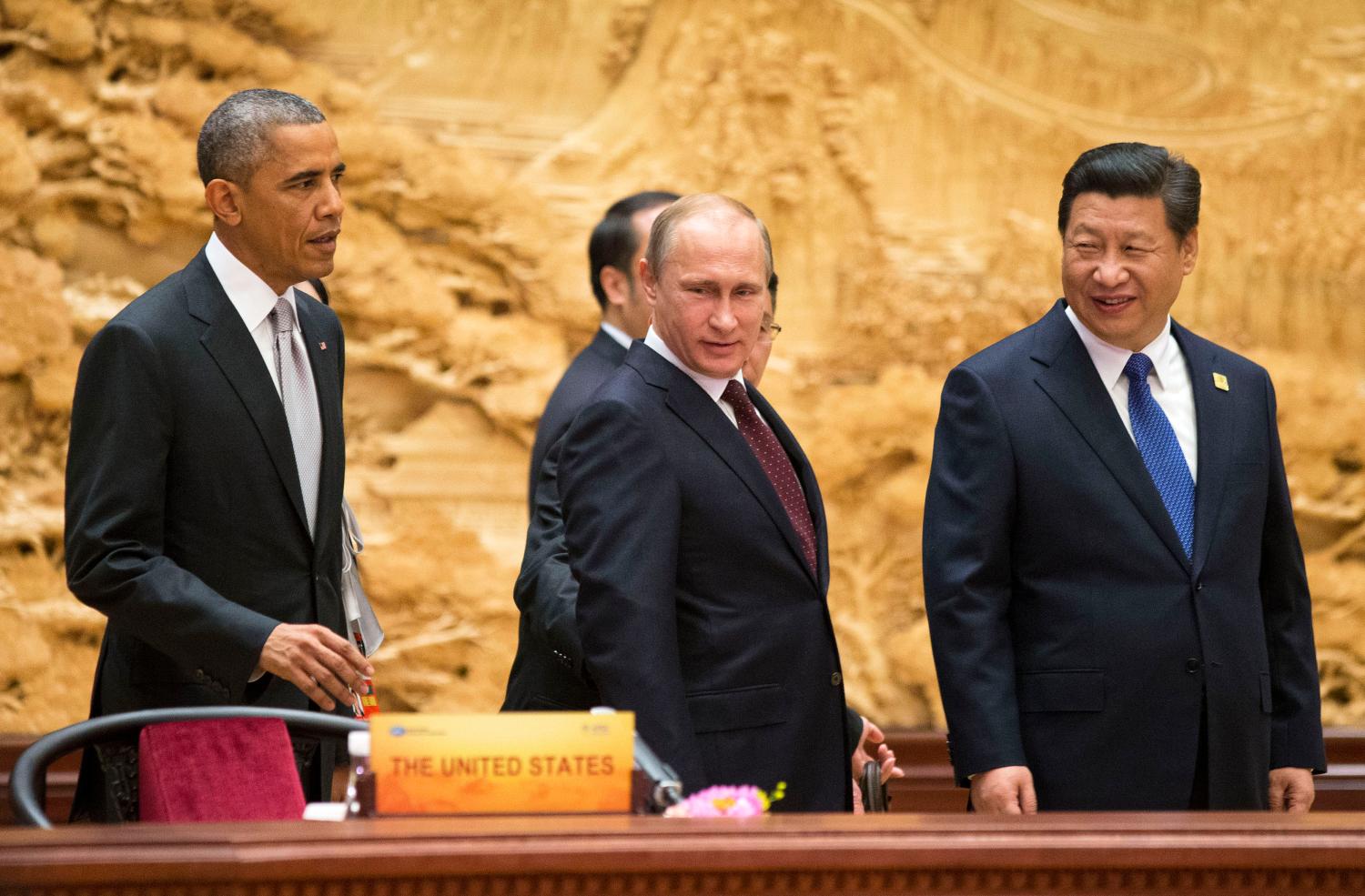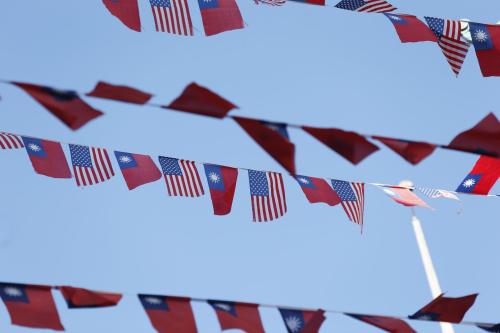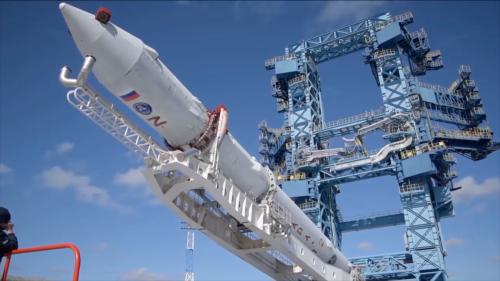Editor’s note: The Iraqi war’s polarization of the region, Islamic extremism, and the Arab Spring each affected the character of the Middle East and the terms by which the great powers could engage with it. John McLaughlin writes that China, Russia, and the United States each have political and economic objectives there, some of which are shared, and many of which are in ideological dispute. This chapter was originally published by the Center for Strategic and International Studies (CSIS), as part of the new CSIS book, Rocky Harbors: Taking Stock of the Middle East in 2015.
Introduction
Trying to nail down how the world’s major powers—the United States, China, Russia, and Europe—see and set strategy for the Middle East these days has never been more challenging. Power relationships globally are in flux. The Middle East is in turmoil. And the powers themselves are struggling through difficult transitions. The metaphors commonly used to describe today’s international web of crises—three-dimensional chess, Rubik’s cube—fall short of capturing the sheer complexity of it all, especially when it comes to the Middle East. A more apt metaphor might be the sensation of walking into the middle of a barroom brawl: it’s hard to be sure who started it, who is allied with whom, exactly what is at issue, who just changed sides, who is fighting, who is just observing, where your leverage is, and how to break it up.
The full book chapter is available here.



